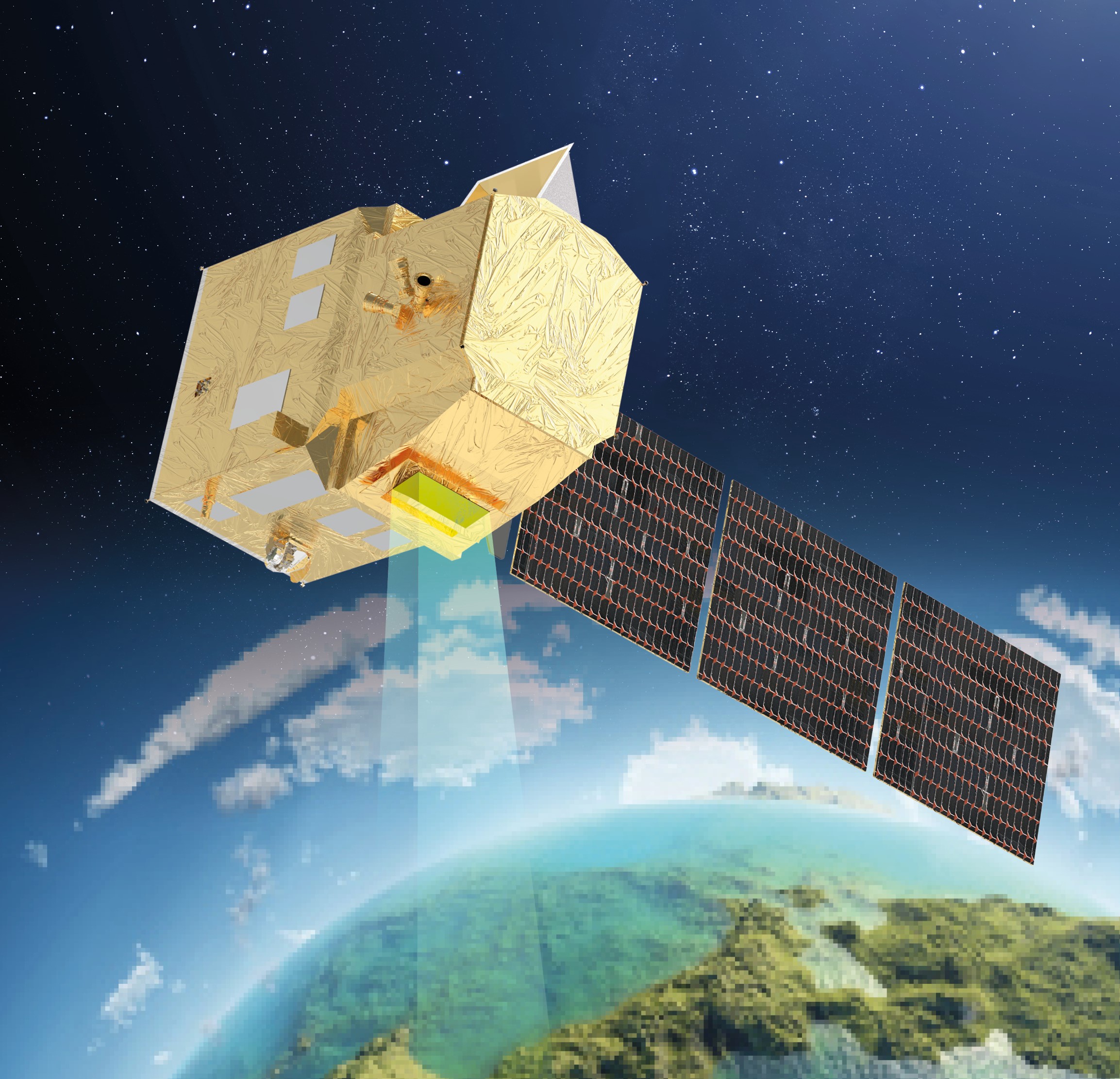Publié le 27 septembre 2021
The Copernicus Hyperspectral Imaging Mission for the Environment, or CHIME for short, is one of six new missions that the EU and ESA are developing to expand the current suite of Copernicus Sentinels. Data from the Sentinels feed into a range of Copernicus services that address challenges such as urbanisation, food security, rising sea levels, diminishing polar ice, natural disasters, and climate change.
The six Copernicus Sentinel Expansion missions will add to the present capabilities of the Sentinels to further address EU policy priorities and gaps in Copernicus user needs.

Carrying a novel imaging spectrometer, the CHIME mission will provide systematic hyperspectral images to map changes in land cover and help sustainable agricultural practices. It will also be used to detect different soil properties for action on improving soil health. In addition, CHIME will be used to support forest management and assessments on biodiversity, ecosystem sustainability and environmental degradation, and to monitor lake and coastal ecosystems including water quality.
To best prepare CHIME for its tasks in ahead, and as part of a cooperation between ESA and NASA’s Jet Propulsion Laboratory (JPL), scientists joined forces recently for the Hypersense experiment campaign, which was supposed to take place in 2020 but Covid restrictions meant it had to be delayed.
The campaign, which is being managed by the University of Zurich, firstly involved bringing an aircraft and JPL’s measuring instrument from the USA to the Dübendorf airbase near Zurich in Switzerland. The Next Generation Airborne Visible Infrared Imaging Spectrometer (AVIRIS) instrument resembles the capabilities that CHIME will have once in orbit.